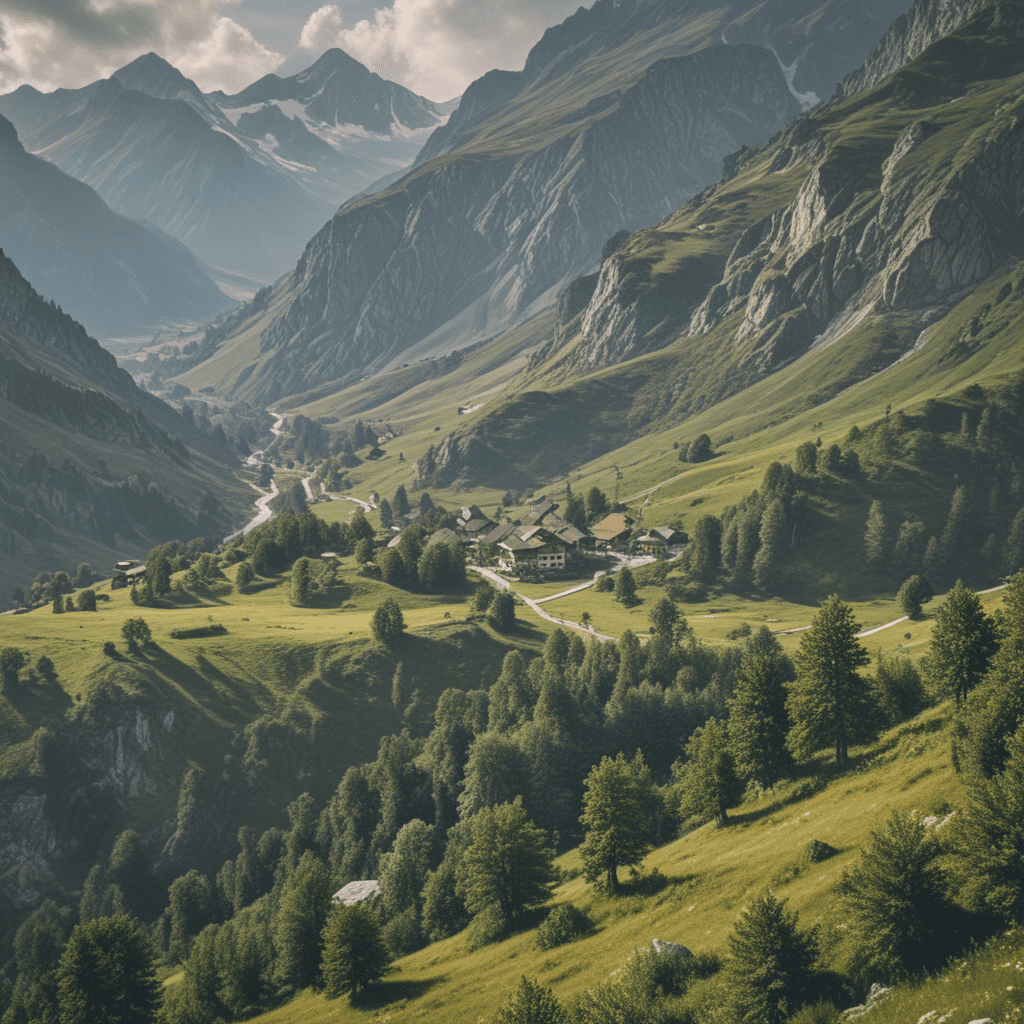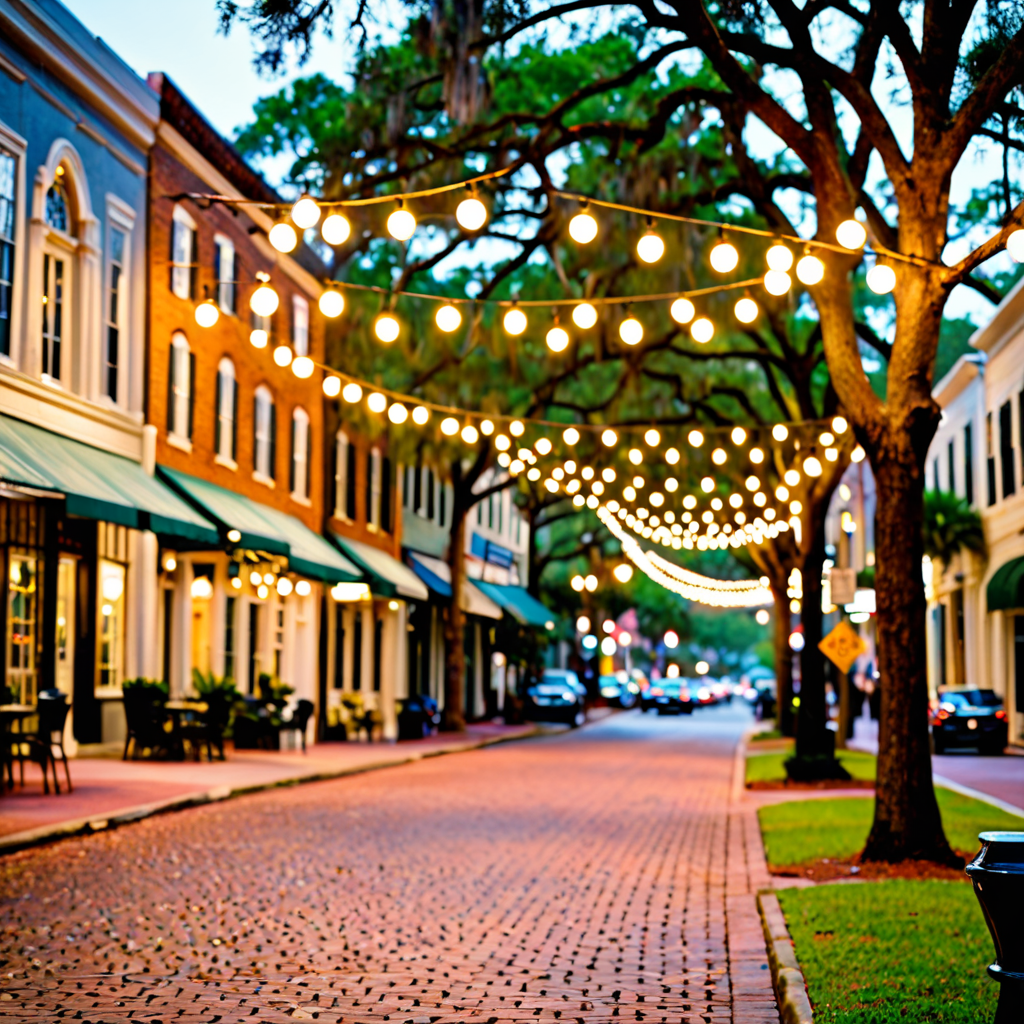
The Natural Wonders of the Hohe Tauern National Park
Nestled in the heart of the Austrian Alps, Hohe Tauern National Park encompasses 1,856 square kilometers of breathtaking natural beauty. Established in 1981, the park is renowned for its pristine wilderness, encompassing towering mountains, sparkling lakes, majestic glaciers, cascading waterfalls, and verdant forests.
The Majestic Mountains
The Hohe Tauern forms the highest mountain range in Austria, with its peaks piercing the skies at over 3,000 meters. The centerpiece of the park is the Grossglockner, the highest peak in the country, standing tall at 3,798 meters. These towering giants offer stunning panoramas, inviting hikers and climbers from around the world to conquer their slopes.
Pristine Lakes and Glaciers
Nestled amidst the rugged peaks are crystal-clear lakes that mirror the surrounding mountains. Lake Weissensee, a pristine body of water, is renowned for its turquoise hues, while Lake Zell am See captivates visitors with its idyllic shores. The park is also home to numerous glaciers, remnants of an ancient ice age that lend a sense of awe-inspiring majesty to the landscape.
Breathtaking Waterfalls
Waterfalls of breathtaking grandeur add to the symphony of nature within the Hohe Tauern. Krimml Waterfalls, the highest in Austria, cascades down a breathtaking 380-meter drop, creating a deafening roar that reverberates through the surrounding valleys. Other notable waterfalls include the Tauernbach and Golling waterfalls, which offer equally impressive displays of nature's artistry.
Lush Forests and Meadows
Beyond the towering peaks and crystalline lakes, Hohe Tauern National Park boasts a tapestry of lush forests and meadows. These verdant landscapes provide a haven for a kaleidoscope of flora and fauna. Alpine meadows bloom with a vibrant array of wildflowers, while pristine forests of spruce, pine, and larch embrace the slopes.
6. Rare and Endemic Wildlife
Hohe Tauern National Park serves as a sanctuary for a diverse array of rare and endemic wildlife. The iconic bearded vulture, with its wingspan of up to 2.85 meters, soars effortlessly over the peaks. Chamois, graceful mountain goats, traverse the rugged terrain with agility, while marmots, plump rodents, inhabit the subalpine meadows. The park is also home to numerous bird species, including the golden eagle, the Eurasian eagle-owl, and the common crossbill.
7. Spectacular Caves and Gorges
Beneath the surface of Hohe Tauern National Park lies a hidden world of spectacular caves and gorges. The Lamprechtsofen Cave, one of the largest caves in Austria, features a remarkable network of chambers and tunnels adorned with shimmering stalactites and stalagmites. The Liechtensteinklamm Gorge, renowned for its narrow passages and cascading waterfalls, offers a thrilling adventure for hikers seeking an adrenaline rush.
8. Tourism and Adventure
Hohe Tauern National Park attracts adventure enthusiasts and nature lovers alike. Visitors can embark on scenic hikes along well-maintained trails, marvel at the panoramic views from mountain summits, and cycle through picturesque valleys. The park's rivers and lakes offer opportunities for kayaking, rafting, and fishing, while its pristine slopes provide ample terrain for skiing and snowboarding during the winter months.
9. Conservation and Preservation
Hohe Tauern National Park is dedicated to the conservation and preservation of its natural treasures. The park authorities implement sustainable practices to minimize human impact on the environment, such as limiting motorized access, promoting responsible tourism, and conducting scientific research to monitor wildlife populations and ecosystem health.
10. Conclusion
The Hohe Tauern National Park is a mesmerizing natural wonderland that offers a symphony of breathtaking landscapes, from its towering mountains and pristine lakes to its cascading waterfalls and lush forests. It is a haven for rare and endemic wildlife, a playground for adventure enthusiasts, and a testament to the beauty and fragility of the natural world. As visitors immerse themselves in the park's wonders, they are not only treated to a visual spectacle but also instilled with a profound appreciation for the importance of conservation and preservation.
FAQs:
- What is the best time to visit Hohe Tauern National Park?
Hohe Tauern National Park is open year-round, but the best time to visit is during the summer months (June to September) when the weather is at its best.
- How do I get to the park?
Hohe Tauern National Park is accessible by car, train, or bus. The nearest major city is Salzburg, which is a 2-hour drive from the park.
- What are some of the must-see attractions in the park?
Some of the must-see attractions in Hohe Tauern National Park include Grossglockner, Lake Weissensee, Krimml Waterfalls, Lamprechtsofen Cave, and the Liechtensteinklamm Gorge.
- Is there camping available in the park?
Yes, there are several campgrounds located within Hohe Tauern National Park. Permits are required for camping and can be obtained from the park authorities.
- What are some of the activities I can enjoy in the park?
There is a wide range of activities available in Hohe Tauern National Park, including hiking, cycling, kayaking, rafting, fishing, skiing, and snowboarding.


